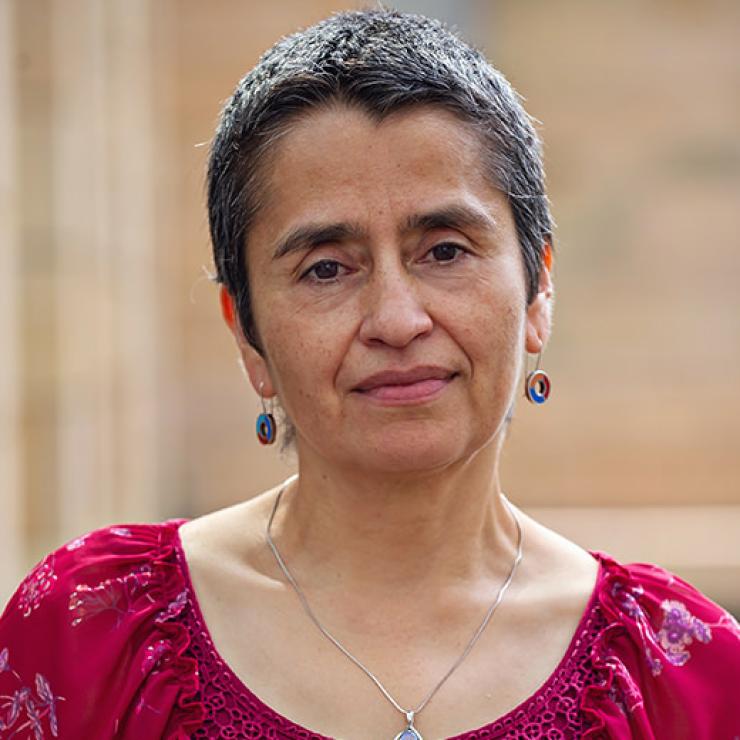
Research on Teaching Mathematics in Undergraduate Settings (RTMUS) Lab
Research on Teaching Mathematics in Undergraduate Settings (RTMUS) Lab projects:
- Undergraduate Teaching and Learning in Mathematics with Open Software and Textbook (UTMOST3)
- Algebra Instruction at Community College (AI@CC)
- Transitioning Learners to Calculus in Community Colleges (TLC3)
Undergraduate Teaching and Learning in Mathematics with Open Software and Textbook (UTMOST3)
The UTMOST (Undergraduate Teaching and Learning in Mathematics with Open Software and Textbook) Project seeks to understand two interrelated questions: How do students use textbooks? and How can we develop textbooks that better support teaching and learning? Our focus is on open source textbooks which are available in free, online versions and make full use of the capabilities of the Web. We address challenges in the undergraduate mathematics curriculum, particularly the need to promote student learning and use of mathematical and computational skills.
This grant continues the work from UTMOST-2. In that project we began detailed studies on how students and instructors use online textbooks, focusing on linear algebra and abstract algebra. We compare the static (PDF) format with new dynamic versions incorporating the features developed in UTMOST-1. Our textbook versions are written in PreTeXt and contain hundreds of embedded Sage Cells. We developed new methods for tracking textbook usage and began making these data available to instructors, so that the student textbook usage could inform both day-to-day and long-term decisions made when preparing course material. We began sharing this information with authors, with the goal of using real data to improve their books.
UTMOST-3 deepens and expands the results and techniques with a longitudinal and cross sectional design, that involves 49 undergraduate mathematics courses that will be using three textbooks authored in Pre- TeXt. The books we have selected are for first-year calculus, second-year linear algebra, and upper-division abstract algebra. UTMOST3 is funded by the National Science Foundation and is in collaboration with the American Institute of Mathematics, University of Puget Sound, Stephen F. Austin State University, and the University of Colorado, Boulder.
Algebra Instruction at Community College (AI@CC)

The AI@CC (Algebra Instruction at Community College) grant investigates the relationship between the quality of teacher-student interaction in community college algebra and student learning and performance in those courses. The study involves six community colleges in three states (Michigan, Arizona, and Minnesota). We collected classroom observations, classroom artifacts, student data (math test, surveys, homework), as well as instructor data (surveys, logs).
The study defined or refined instruments to assess quality of algebra instruction; students’ knowledge and learning of algebraic topics; teachers’ beliefs, attitudes, and sense of efficacy toward mathematics, its teaching, and its learning; students’ beliefs and attitudes towards mathematics, its teaching, and its learning; and students’ perceptions of classroom processes. We model the relationships using a two-level, hierarchical model. AI@CC is a collaborative effort among Glendale Community College and Scottsdale Community College, and two research universities, University of Michigan - Ann Arbor and University of Minnesota. The project is funded by the National Science Foundation.
Transitioning Learners to Calculus in Community Colleges (TLC3)

The Transitioning Learners to Calculus in Community Colleges (TLC3): Advancing Strategies for Success in STEM project seeks to transform institutional approaches to matriculating STEM majors into and through Calculus II in community colleges. The broader goal of this study is to build theoretical models that predict STEM underrepresented minority (URM) student success in the Developmental to Pre-calculus to Calculus II (DPC2) sequence based on programs, structures, and instructional strategies in successful programs. We will examine student progression toward higher-level math by identifying factors contributing to URMs success at different levels of the DPC2 sequence, understanding the various transition points within DPC2, and the features of the community college environment that impact these transitions. Two research questions are addressed at multiple levels (e.g., classroom, program, department) using a mixed methods approach (surveys, institutional data, and case studies):
RQ1: What types of programs, structures, and instructional strategies are being currently implemented in the DPC2 sequence in community colleges?
RQ2: What are the effects (if any) of these programs, structures, and instructional strategies on URM students’ success in the DPC2 sequence?
The answers informed the development of the institutional self-assessment tool, which examines institutional readiness to facilitate successful outcomes for URM students in the DPC2 sequence. The self-assessment tool will support institutions in identifying professional development plans that can be used to eliminate barriers (e.g., programs, structures, etc.) that inhibit student success in DPC2. We are building a networked community (minimum of 50 colleges). The project is funded by the National Science Foundation and is in collaboration with Highline College, University of Illinois Urbana-Champaign, and San Diego State University.
Contact
Vilma Mesa, [email protected]
Lynn Chamberlain, [email protected]
